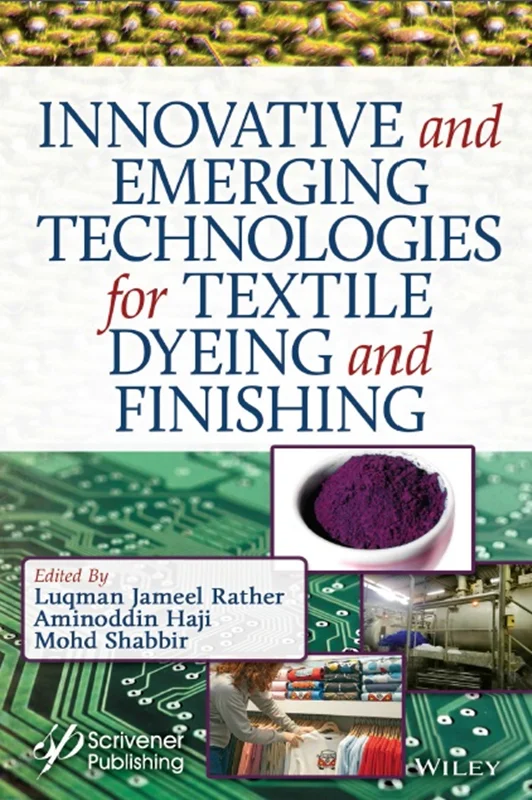With the public enhanced awareness towards eco-preservation, eco-safety and health concerns, environmentally benign, nontoxic and sustainable bioresource materials produced mainly from non-food crops have revolutionized all industrial sectors particularly textile industry. In recent years, textile industries in developed countries are getting increasing interest in global interest due to the varied and changing world market conditions in terms of price, durability and fiber mixtures as well as design, colors, weight, ease of handling and product safety. The increasing environmental and health concerns owing to the use of large quantities of water and hazardous chemicals in conventional textile finishing processes lead to the design and development of new dyeing strategies and technologies. Effluents produced from these textiles wet processing industries are very diverse in chemical composition, ranging from inorganic finishing agents, surfactants, chlorine compounds, salts, total phosphate to polymers and organic products.
This aspect forced western countries to exploit their high technical skills in the advancements of textile materials for high quality technical performances, and development of cleaner production technologies for cost effective and value-added textile materials. Therefore, vast and effective research investigations have been undertaken all over the world to minimize the negative environmental impact of synthetic chemical agents through the sustainable harvest of eco-friendly bioresource materials.
The book will discuss following research developments in academic and industry:
•Improvement in dye extraction and its applications
•Impact of textile dyeing on environment
•Textile finishing by natural and ecofriendly means
•Natural dyes as environmental-friendly bioresource products
•Textile effluent remediation via physical, chemical and biological processes.

